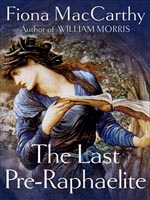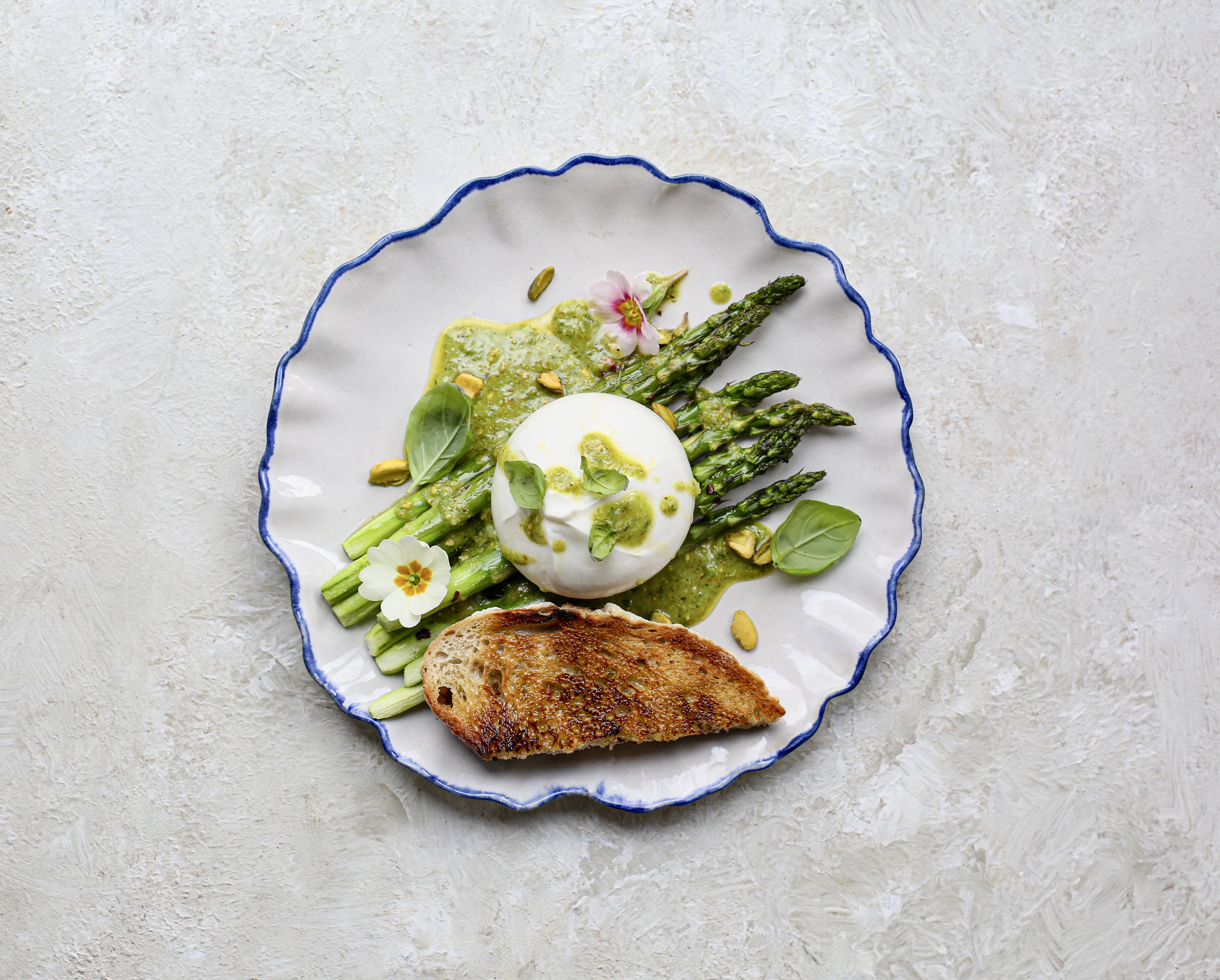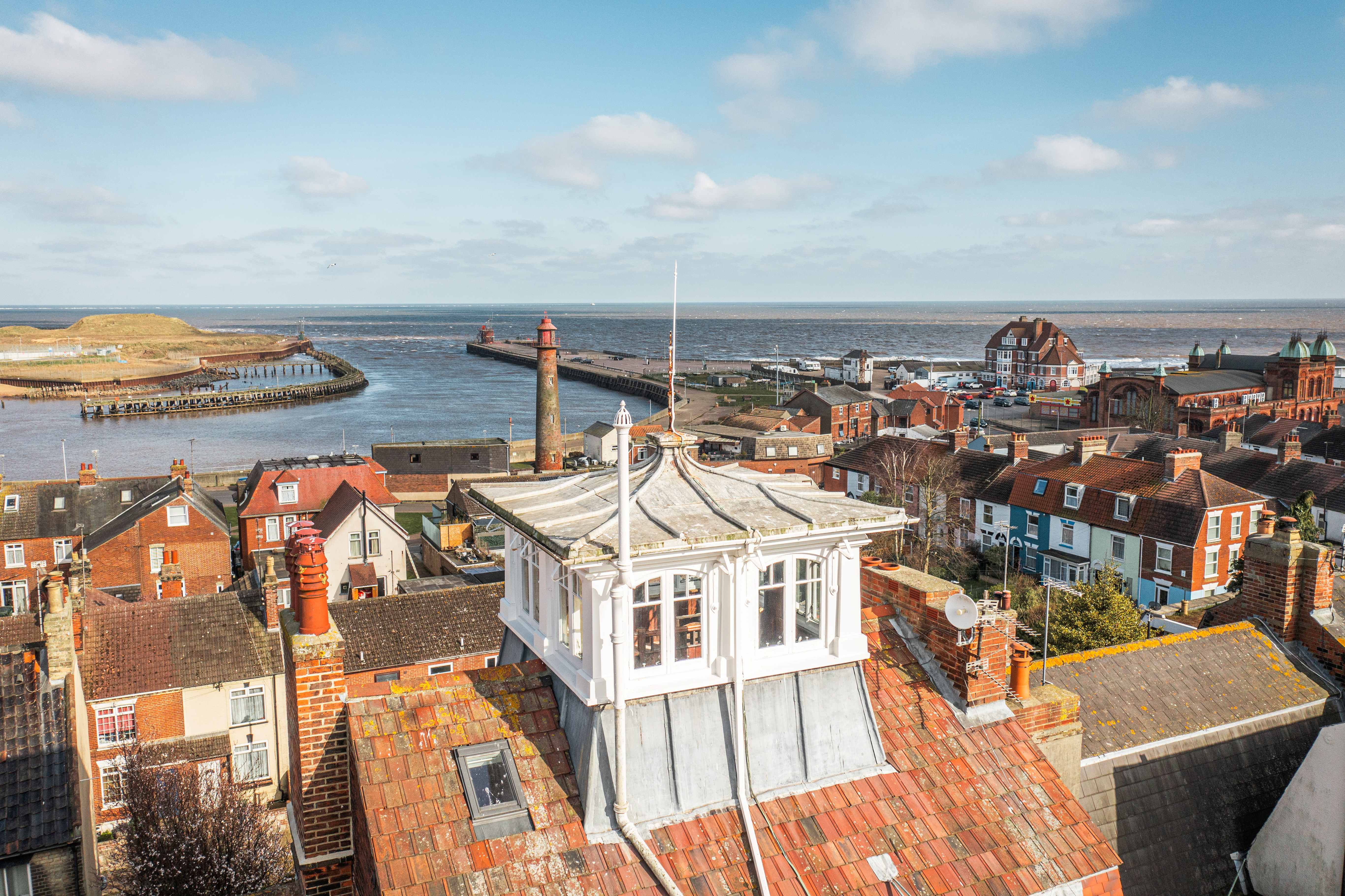Book review: The Last Pre-Raphaelite: Edward Burne Jones and the Victorian Imagination
Michael Hall discusses a book about Edward Burne Jones – a literary artist with a Victorian imagination


To order any of the books reviewed or any other book in print, at
discount prices* and with free p&p to UK addresses, telephone the Country Life Bookshop on Bookshop 0843 060 0023. Or send a cheque/postal order to the Country Life Bookshop, PO Box 60, Helston TR13 0TP * See individual reviews for CL Bookshop price
Biography/art history
The Last Pre-Raphaelite: Edward Burne-Jones and the Victorian Imagination Fiona MacCarthy (Faber and Faber, £25, *£21)
Seventeen years after her greatly admired biography of William Morris appeared, Fiona MacCarthy has written a life of the artist with whom Morris is most closely associated. These two stout, handsome volumes complement each other like the panels of a Renaissance diptych. The Morris bio- graphy, subtitled ‘A Life for Our Time', argued that his beliefs about art and society are of peren-nial relevance. It is much more difficult to extract Burne-Jones from his historical context, as the subtitle of this new biography suggests: Burne-Jones seems part of the Victorian imagination, and not, perhaps, of ours.
Morris is a gift to a biographer, as he constantly reinvented himself: artist, poet, interior decorator, Socialist, conservationist, typographer. Burne-Jones, by contrast, after early plans to become a clergyman, never deviated from the course he set himself when he decided to be a painter. As a result, Miss MacCarthy was faced with the problem that confronts most biographers of creative figures: Burne-Jones spent much of his life in solitary isolation, working. However, he was not only a painter, and the book gives full attention to his designs for the decorative arts, notably stained glass. This collaborative side of his career is well documented in his many amusing letters-as Miss MacCarthy writes, it is extraordinary that his correspondence has never been published.
Burne-Jones's marriage to Georgiana Macdonald, whose sisters included the mothers of Rudyard Kipling and Stanley Baldwin, is examined with exemplary sensitivity. In her 1904 memoir of her husband, Georgiana glowingly evokes the early lives of Burne-Jones, Morris and their friends and family, but, in later years, the marriage seems to have disappointed them both. This was partly because Burne-Jones was prone to falling helplessly in love with pretty, upper-class young women. There was a crisis in 1869, when he came close to leaving his wife for a rich Greek, Maria Zambaco. The relationship came to an end on a foggy night by the Regent's Canal, when Zambaco threatened to drown herself, a tale that reads, as Miss MacCarthy puts it, ‘like a scene from a Wilkie Collins novel'. Her cool retelling of the story suggests that she doesn't much care for melo-drama, or for Maria Zambaco.
Sign up for the Country Life Newsletter
Exquisite houses, the beauty of Nature, and how to get the most from your life, straight to your inbox.
She concludes that Burne-Jones was, in physical terms, always faithful to Georgiana. Perhaps that helps to explain the idealised, incorporeal women and asexual men who inhabit his paintings. Yet although that may seem to leave Burne-Jones permanently anchored in ‘the Victorian imagination', his art has strongly appealed to later generations. As Miss MacCarthy explains in a partly autobiographical epilogue, the dreamy, other-worldly nature of his paintings chimed strongly with elements in 1960s culture. And, although he and Morris drifted apart-as Burne-Jones (who was made a baronet in 1894) had little sympathy with his old friend's Socialism-his work ultimately, she suggests, has permanent value for the overriding belief they shared. Like Morris, Burne-Jones was eager to remind a world in which it was lacking of the moral and spiritual importance of beauty.
* Subscribe to Country Life and up to £50
Country Life is unlike any other magazine: the only glossy weekly on the newsstand and the only magazine that has been guest-edited by HRH The King not once, but twice. It is a celebration of modern rural life and all its diverse joys and pleasures — that was first published in Queen Victoria's Diamond Jubilee year. Our eclectic mixture of witty and informative content — from the most up-to-date property news and commentary and a coveted glimpse inside some of the UK's best houses and gardens, to gardening, the arts and interior design, written by experts in their field — still cannot be found in print or online, anywhere else.
-
 Two quick and easy seasonal asparagus recipes to try this Easter Weekend
Two quick and easy seasonal asparagus recipes to try this Easter WeekendAsparagus has royal roots — it was once a favourite of Madame de Pompadour.
By Melanie Johnson
-
 Sip tea and laugh at your neighbours in this seaside Norfolk home with a watchtower
Sip tea and laugh at your neighbours in this seaside Norfolk home with a watchtowerOn Cliff Hill in Gorleston, one home is taller than all the others. It could be yours.
By James Fisher